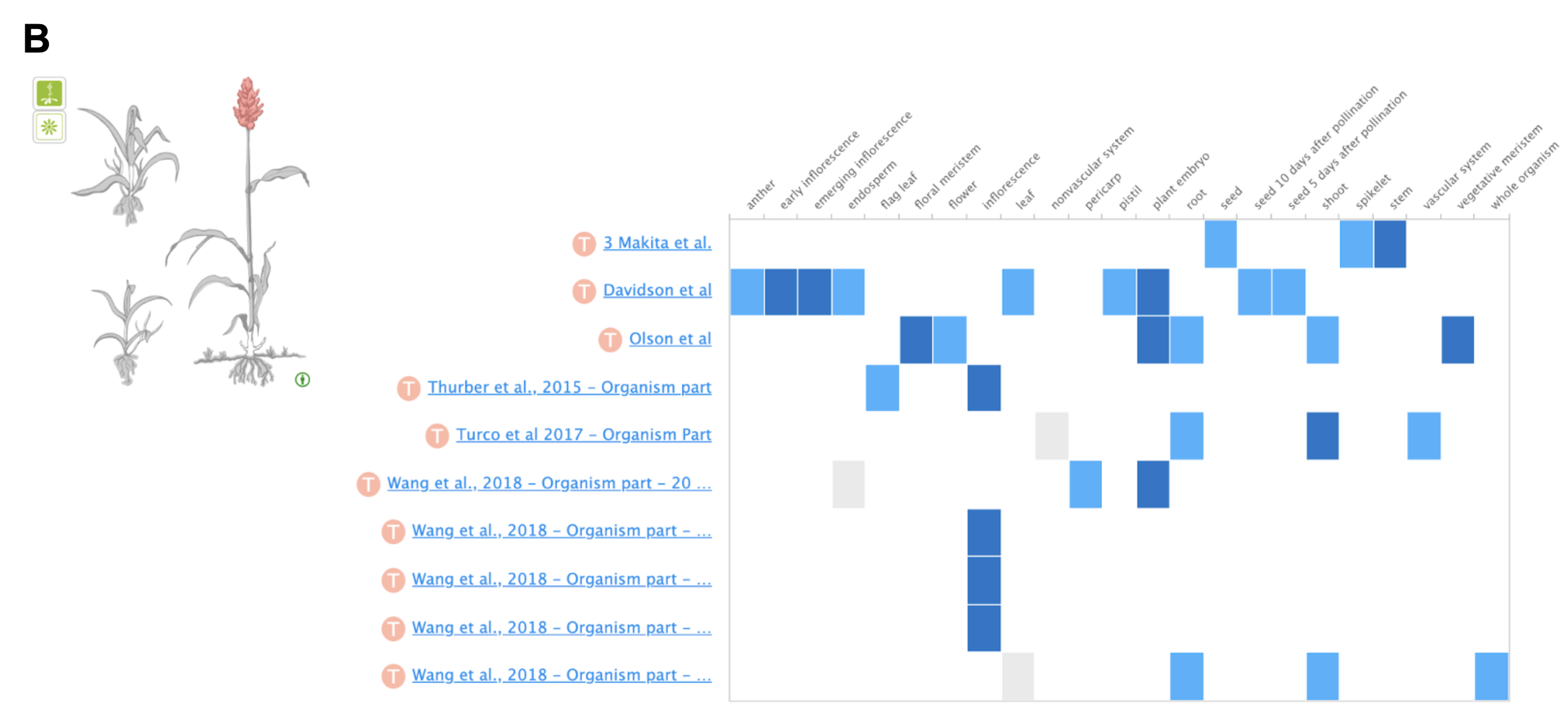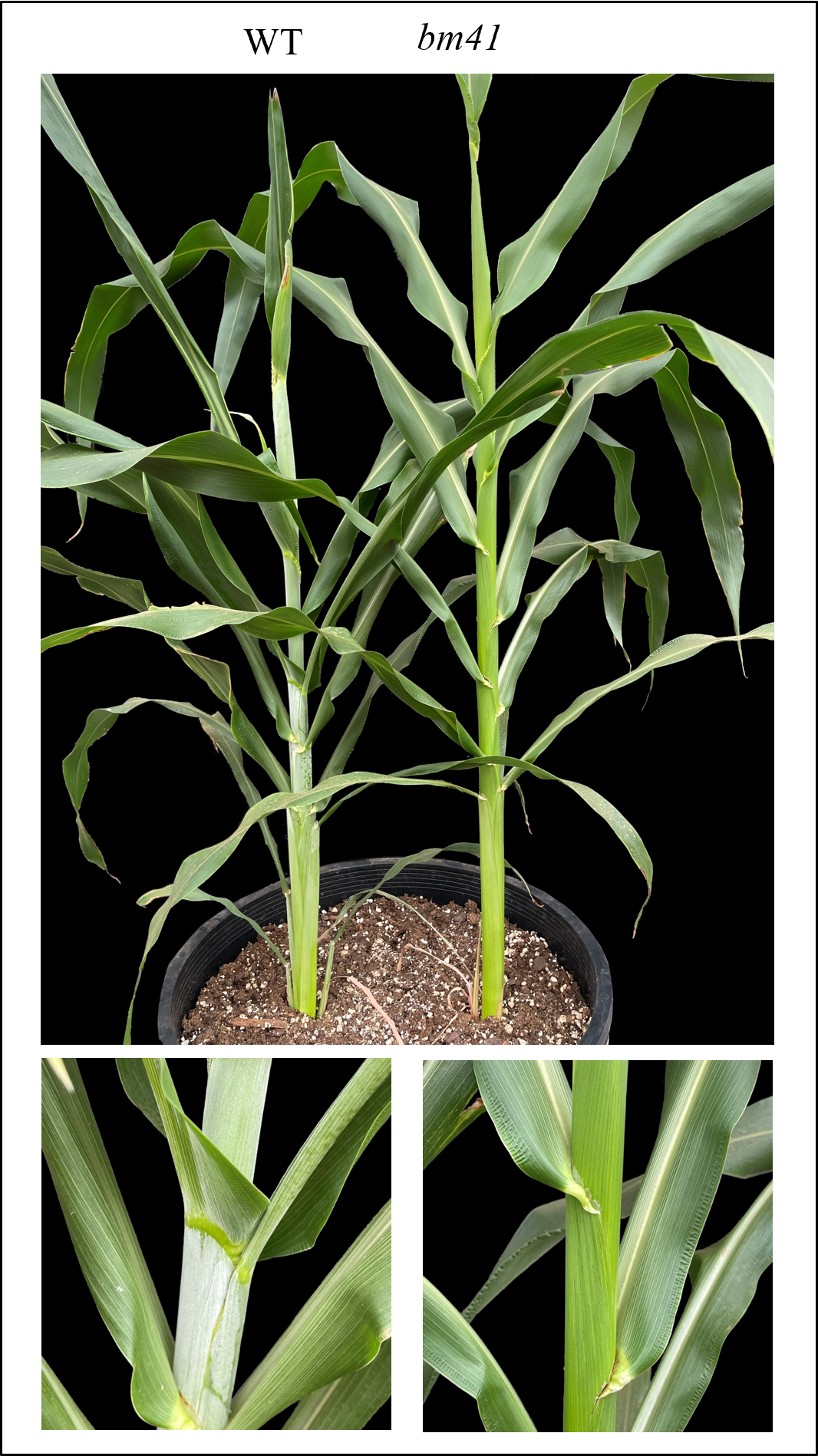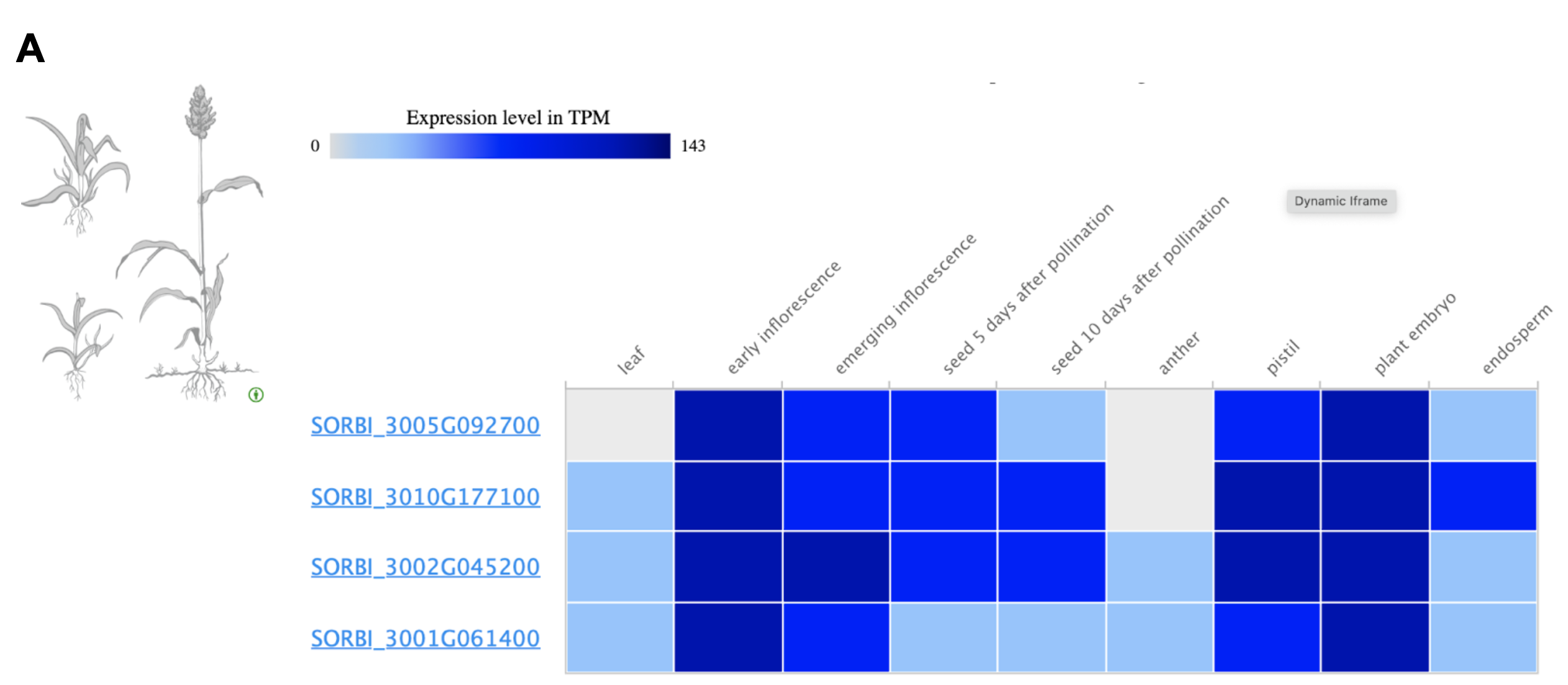A bloomless mutant gene in sorghum was implicated in regulating cuticular wax biosynthesis, linking environmental stress signals to wax production pathways that enhance drought resistance.
Keywords: Sorghum bicolor, bm41, Cuticular wax (CW), Leucine-rich repeat kinase, Transcriptome analysis, bloomless, sorghum 3-ketoacyl-CoA synthase 6 (SbKCS6), steroid, very long-chain fatty acids (VLCFAs)
Plants have evolved complex mechanisms to regulate gene expression in response to environmental challenges, with cuticular wax (CW) playing a key role. CW, composed of intracuticular wax and epicuticular wax, is crucial for defense against UV radiation, pathogens, and drought. Sorghum, which produces significantly more CW than species like Arabidopsis and maize, serves as an excellent model for studying CW.
The characterization of the sorghum bm41 mutant emphasizes the crucial regulatory role of the BM41 kinase gene in CW biosynthesis. The bm41 mutation results in a significant reduction in CW, leading to the bloomless phenotype in sorghum. Scientists at Texas Tech University and the USDA-ARS conducted transcriptome profiling which revealed that the BM41 mutation disrupted key pathways involved in CW production, such as lipid and steroid biosynthesis. Additionally, the study identified down-regulation of the sorghum KCS6 gene, SbKCS6/SbCER6, responsible for very long-chain fatty acids (VLCFA) biosynthesis. Notably, genes associated with heat stress tolerance were upregulated in the mutant, suggesting BM41’s role in regulating stress response pathways. Gene Ontology (GO) analysis further revealed significant enrichment in genes related to heat and temperature responses, providing additional evidence of BM41’s regulatory function.
BM41, a leucine-rich repeat receptor kinase, appears to connect CW biosynthesis to environmental signals, particularly drought. While LRR kinases have been previously implicated in drought signaling pathways, this study is the first to demonstrate their role in CW biosynthesis. The research revealed that BM41 regulates both the VLCFA and triterpenoid biosynthesis pathways, the latter being particularly abundant in sorghum compared to other species. BM41 is hypothesized to sense external cues and initiate intracellular responses, modulating CW synthesis in response to water deprivation. These findings establish a novel link between receptor kinases, CW biosynthesis, and environmental stress adaptation, providing valuable insights into how sorghum copes with drought stress.
SorghumBase examples:


Reference:
Tian R, Nájera-González HR, Nigam D, Khan A, Chen J, Xin Z, Herrera-Estrella L, Jiao Y. A leucine-rich repeat receptor kinase as a regulator in the cuticular wax deposition in sorghum. J Exp Bot. 2024 Jul 23:erae319. PMID: 39041593. doi: 10.1093/jxb/erae319. Read more
Related Project Websites:
Jiao lab at Texas Tech University: https://www.depts.ttu.edu/igcast/Staff/jiao_lab.php

